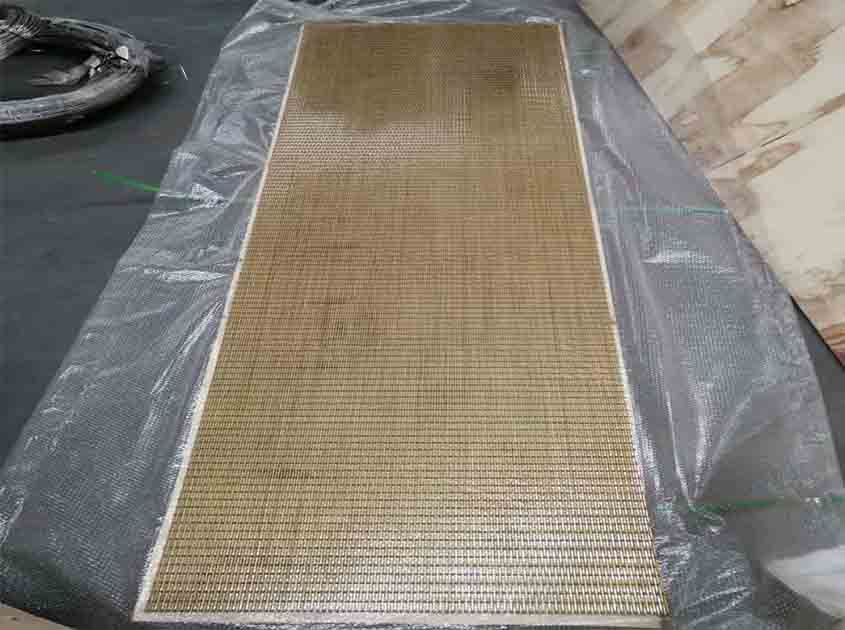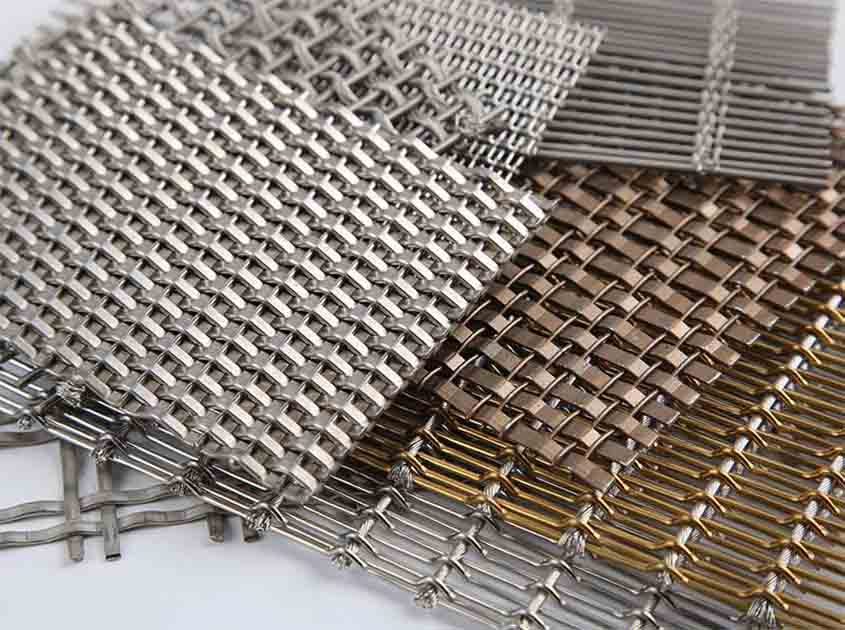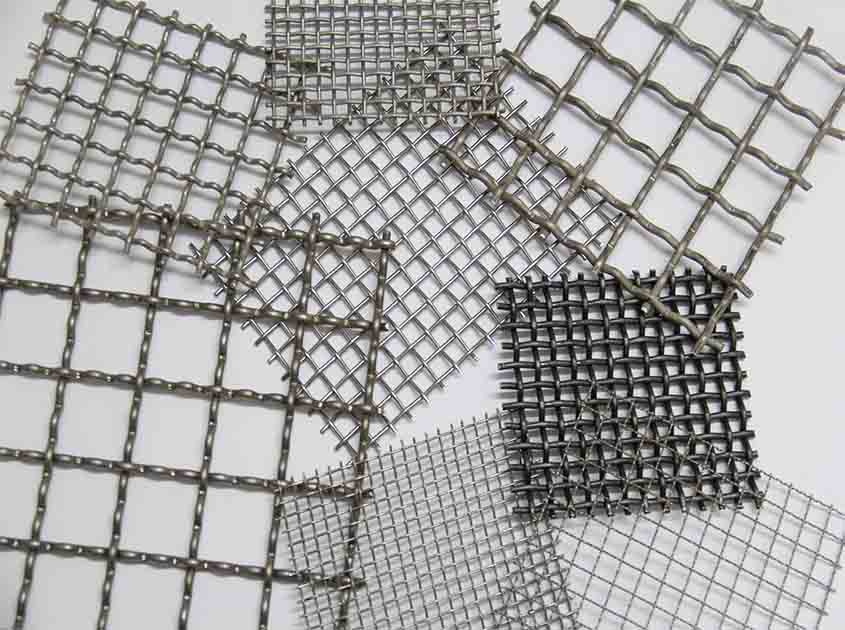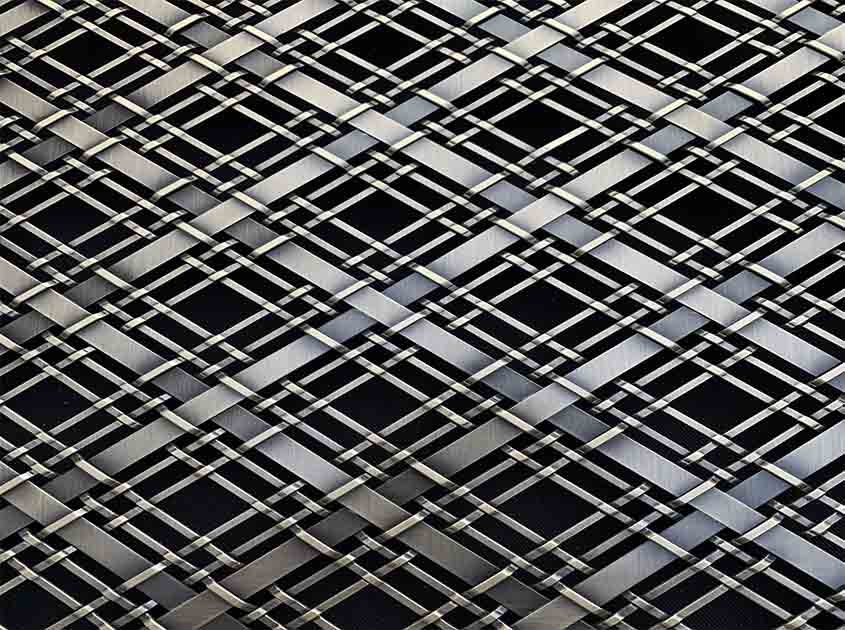Architectural woven mesh is not only a visually captivating material but also a fascinating subject from a scientific perspective. Understanding the science behind its construction and properties helps us appreciate its innovative applications in the world of design and architecture. In this article, we delve into the scientific aspects of architectural woven mesh and explore how it is being utilized in various industries.

At its core, architectural woven mesh is made up of interwoven metal wires, typically stainless steel or aluminum. The selection of these materials is crucial as they provide the mesh with strength, durability, and resistance to corrosion. The weaving process itself involves intricate patterns and precise techniques, resulting in a stable and flexible mesh structure.

One of the remarkable properties of architectural woven mesh is its transparency. The open structure of the mesh allows light to pass through, creating a play of light and shadow. This unique characteristic makes it an ideal material for creating visually dynamic spaces. It enables the manipulation of natural light, allowing architects to design environments that are both well-lit and visually captivating.

The versatility of architectural woven mesh extends to its ability to provide ventilation and airflow. The open weave pattern allows for the circulation of air, making it suitable for applications where proper ventilation is essential. This property is particularly beneficial in building facades, where architectural woven mesh can contribute to energy efficiency by facilitating natural airflow and reducing the reliance on mechanical ventilation systems.

Architectural woven mesh is not limited to functional applications; it also serves as a design element. With its intricate patterns and customizable designs, it adds a touch of artistic flair to any space. From decorative screens and partitions to unique wall coverings and ceilings, architectural woven mesh offers endless possibilities for creative expression.

In conclusion, the scientific properties and construction of architectural woven mesh play a crucial role in its innovative applications. Its transparency, ventilation capabilities, and customizable designs make it a versatile material that has found its place in various industries. By understanding the science behind architectural woven mesh, we can better appreciate its aesthetic and functional contributions to the world of design and architecture.
pre:Transforming Spaces: The Versatility of Architectural Woven
next:Weaving Design and Function: The Artistry of Architectural W
© 2025 Joinwin Architectural Wire. All Rights Reserved. | Sitemap
Recommended Read
The Beauty of Texture: Architectural Woven Mesh in Interior Wall Panels
The Art of Light Play: Architectural Woven Mesh in Lighting Installations